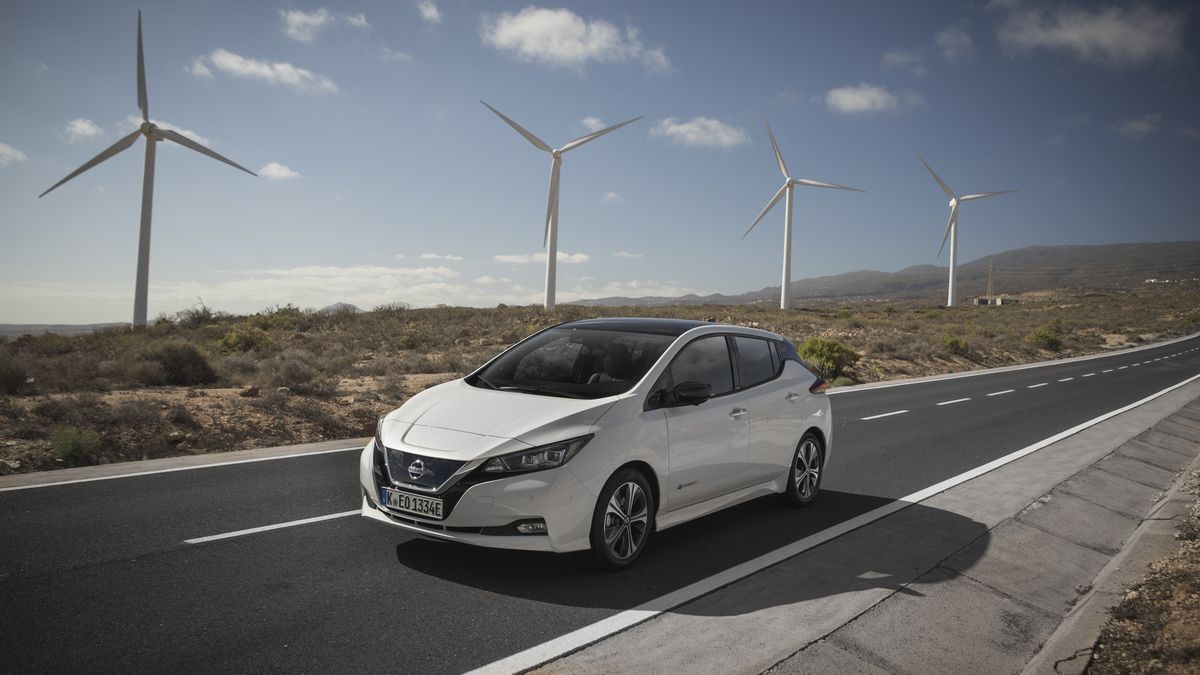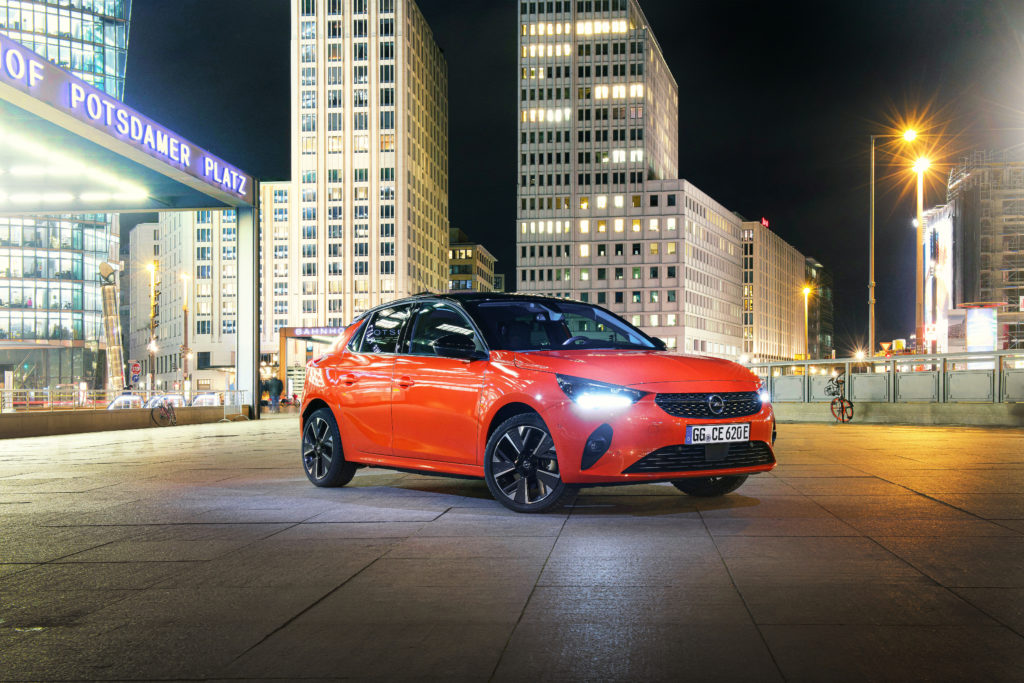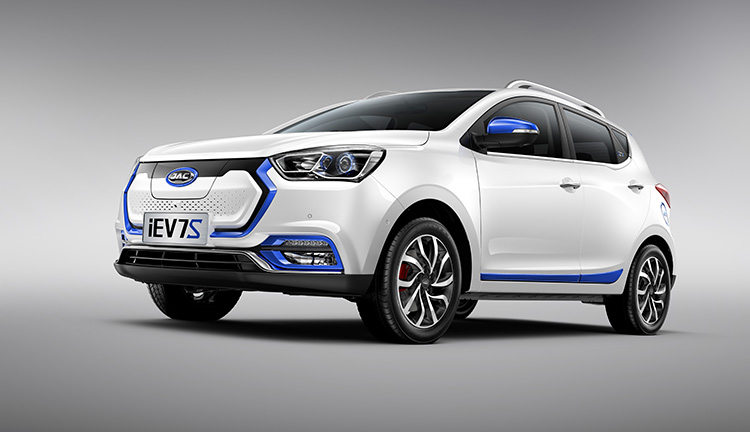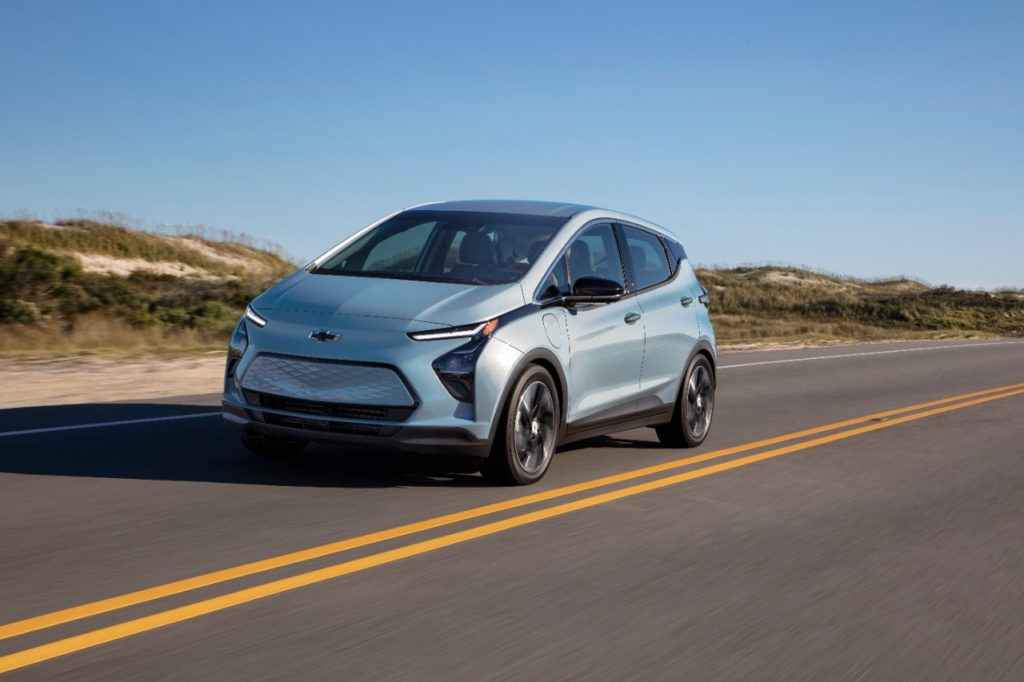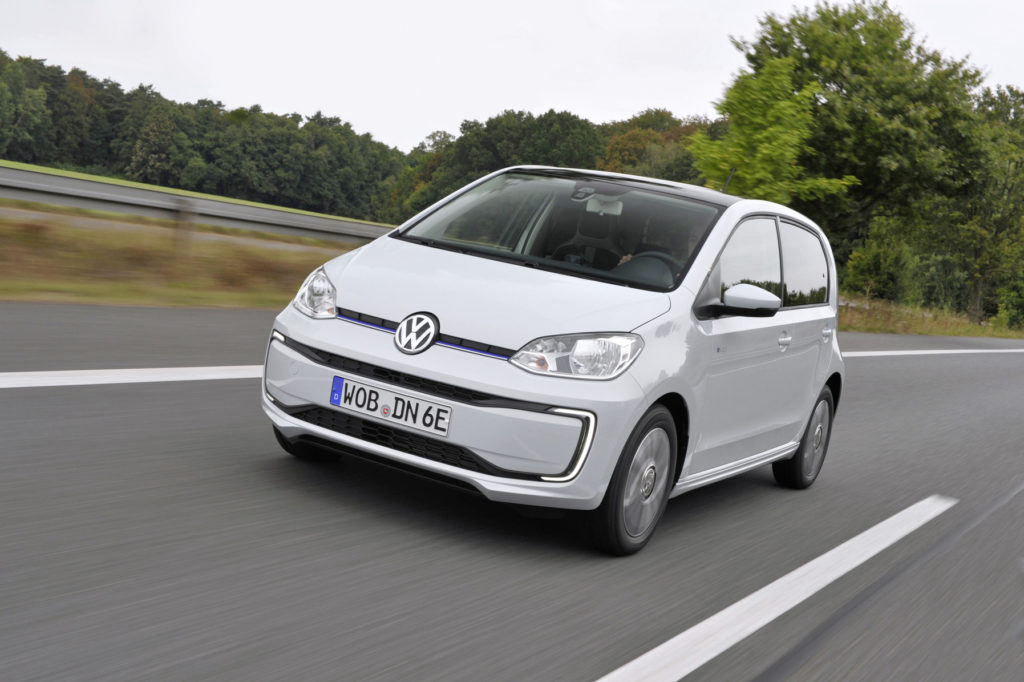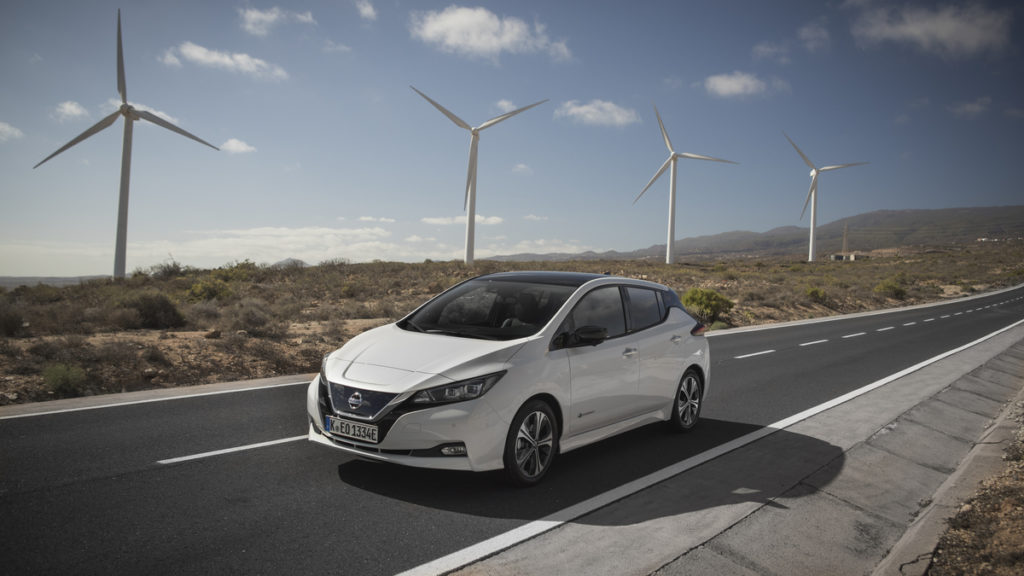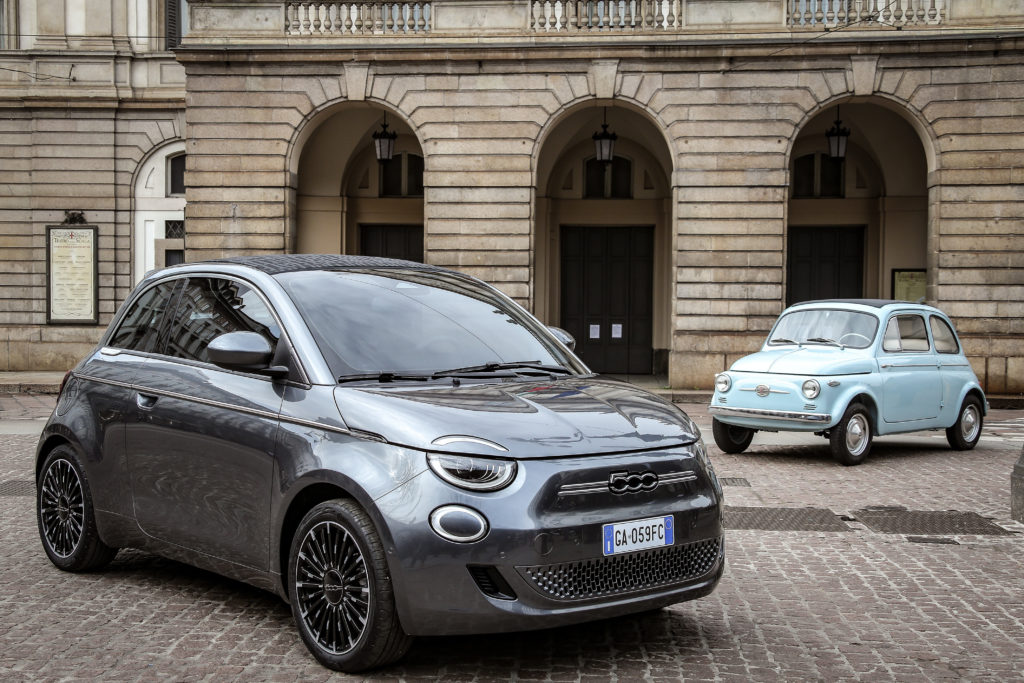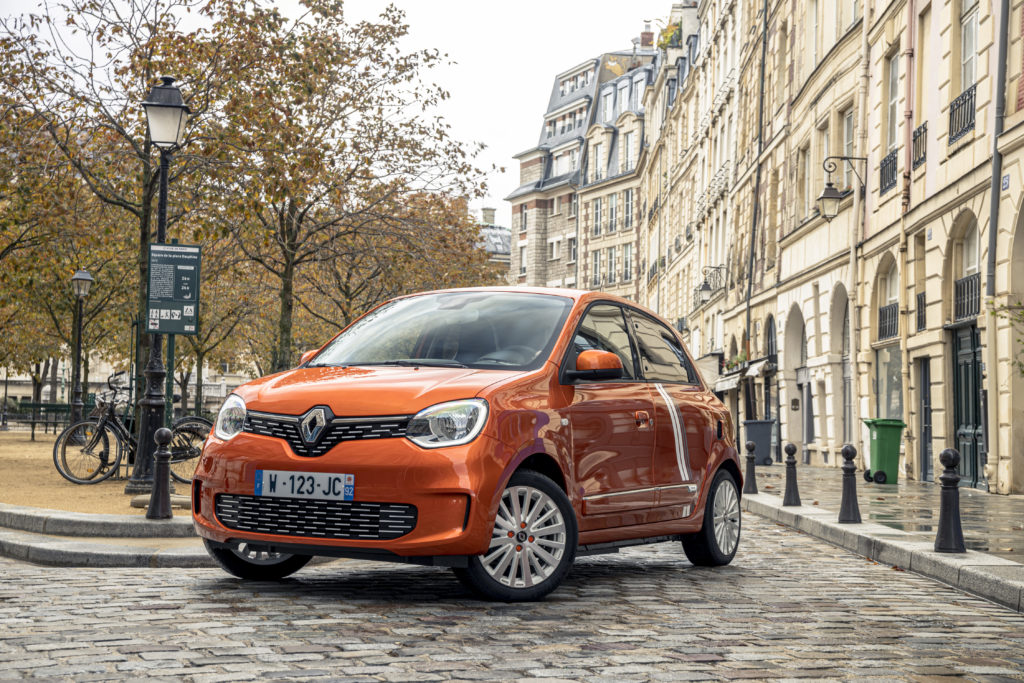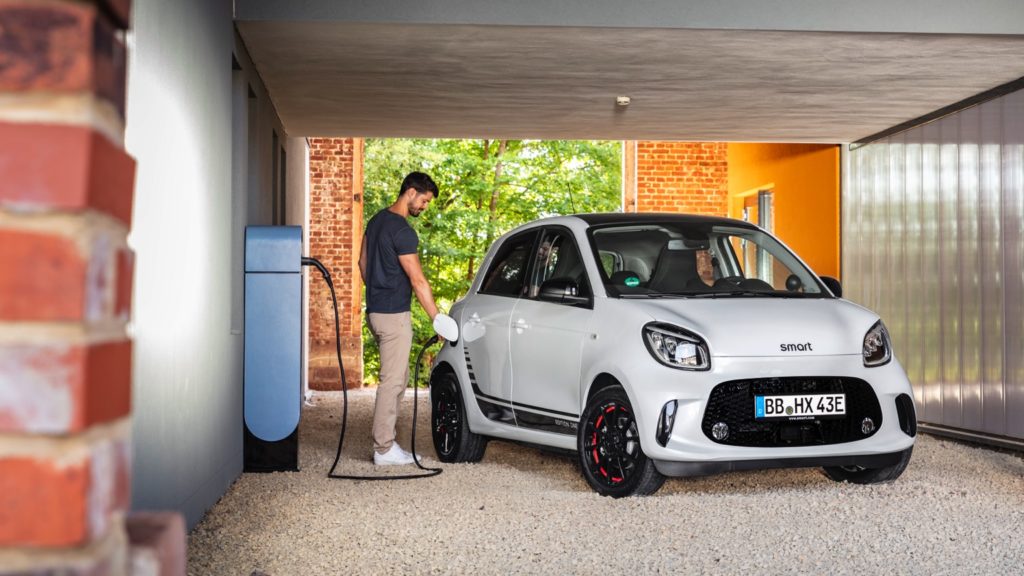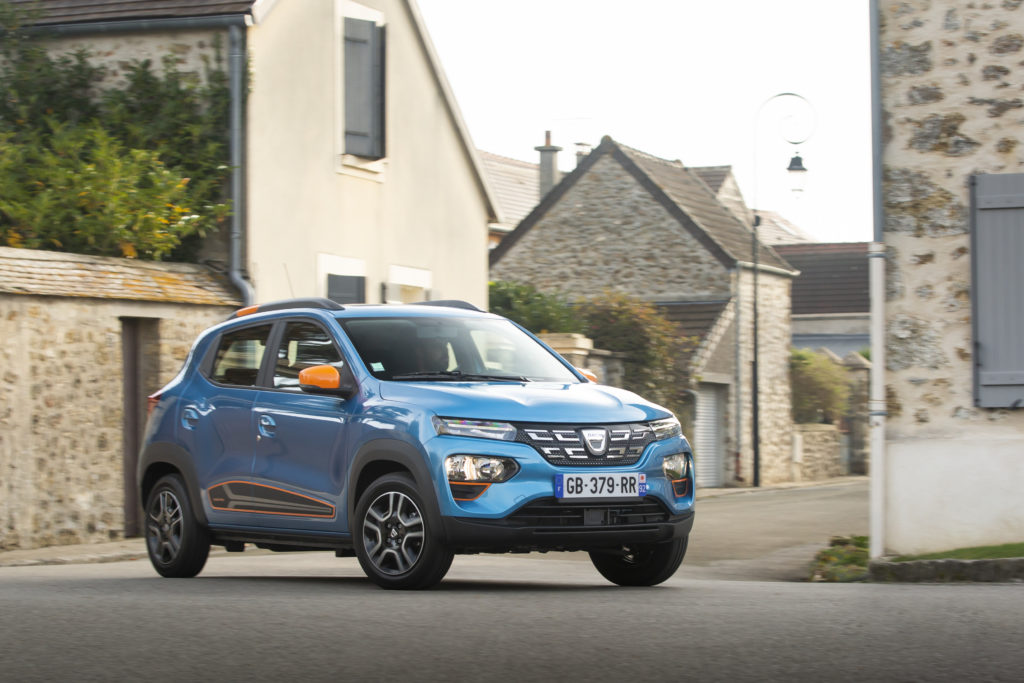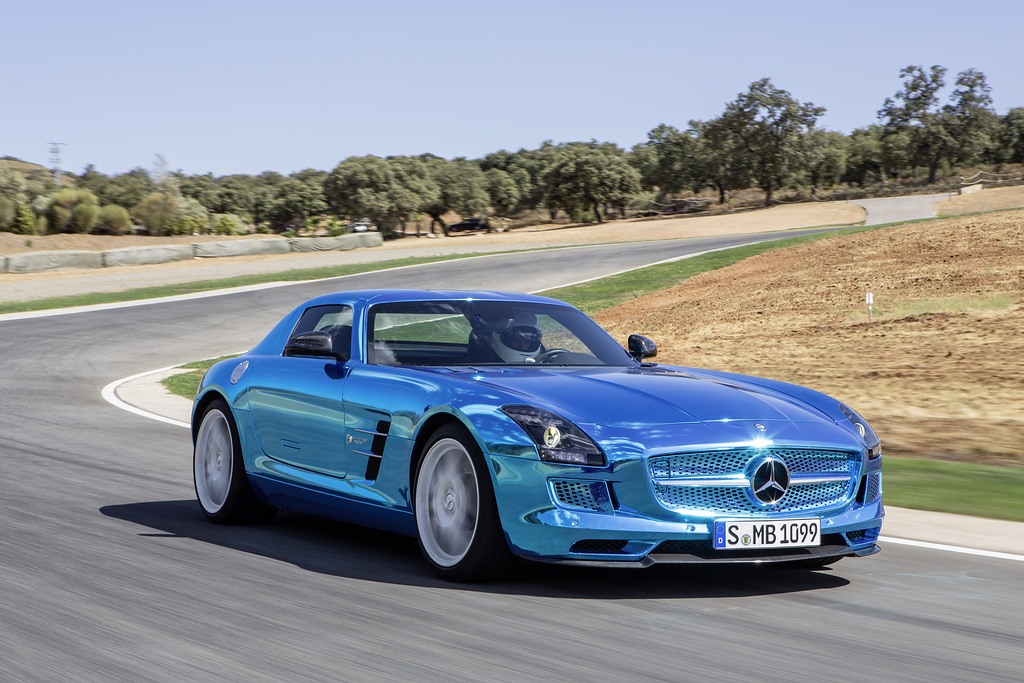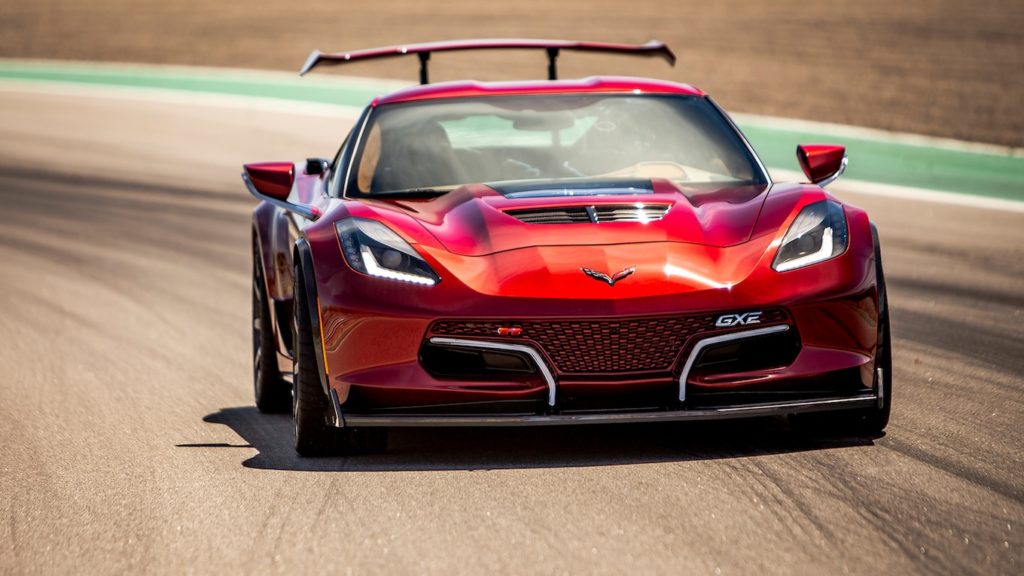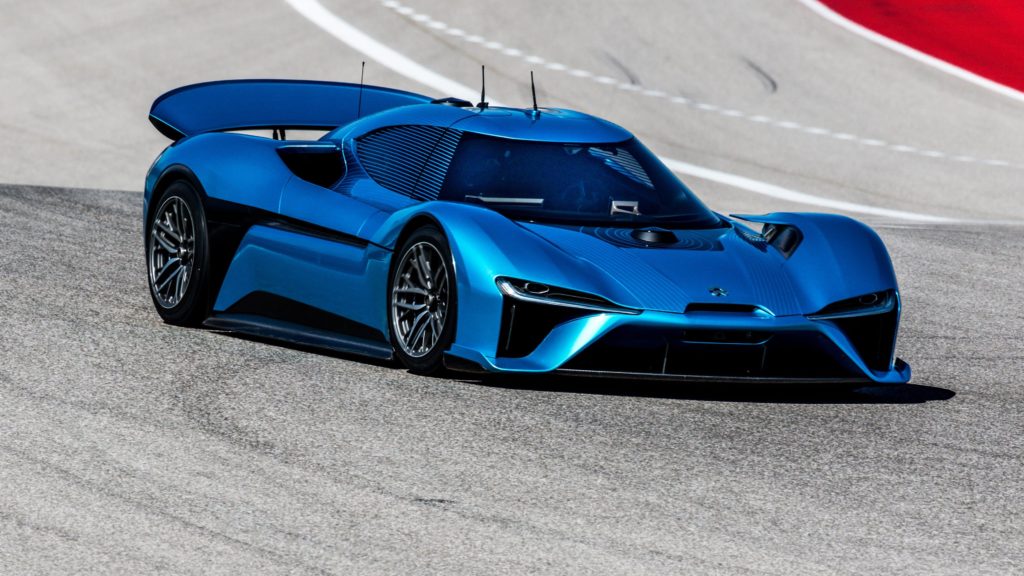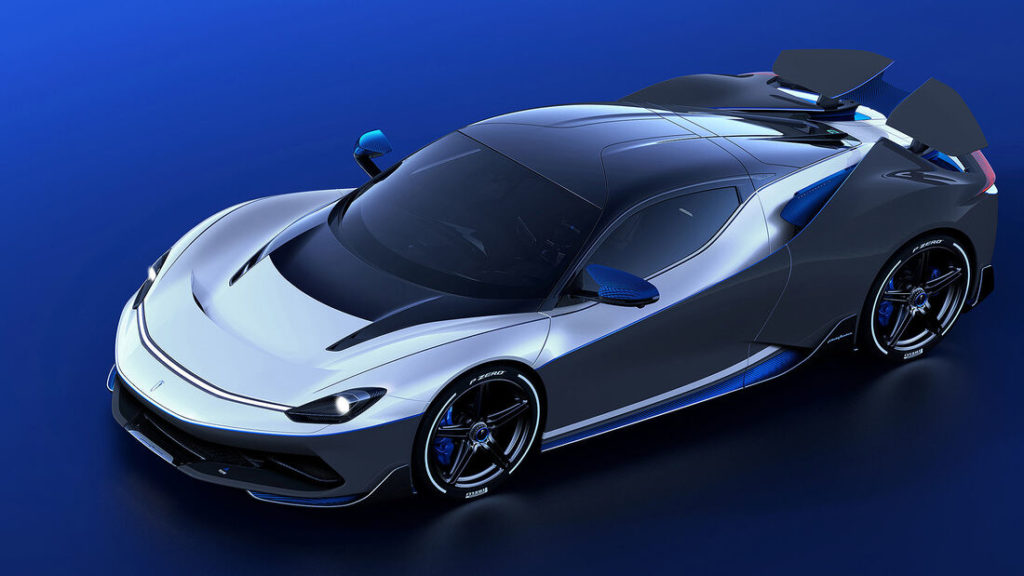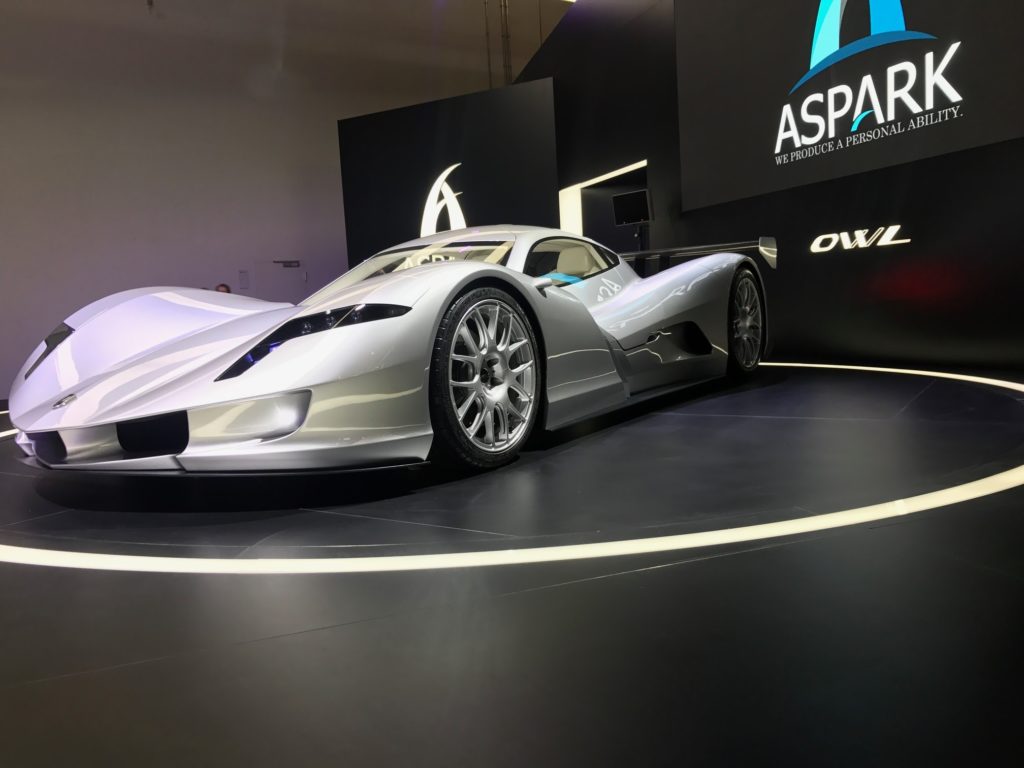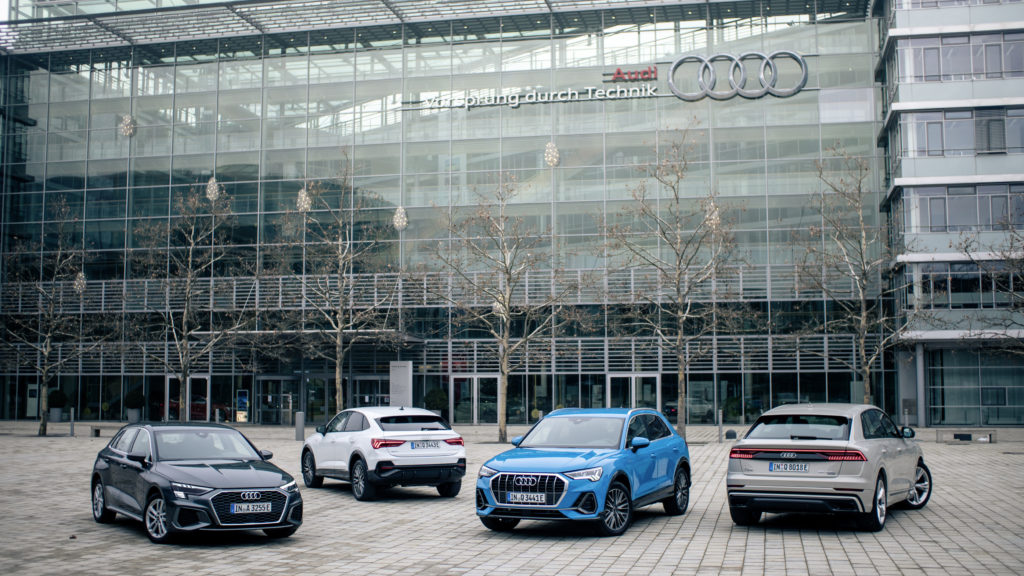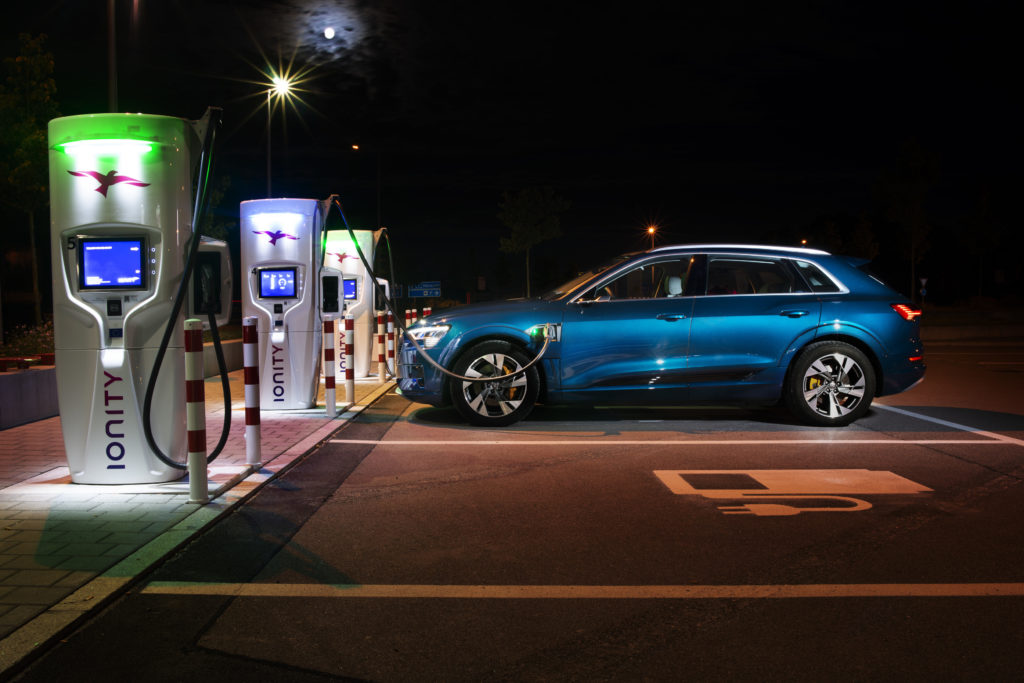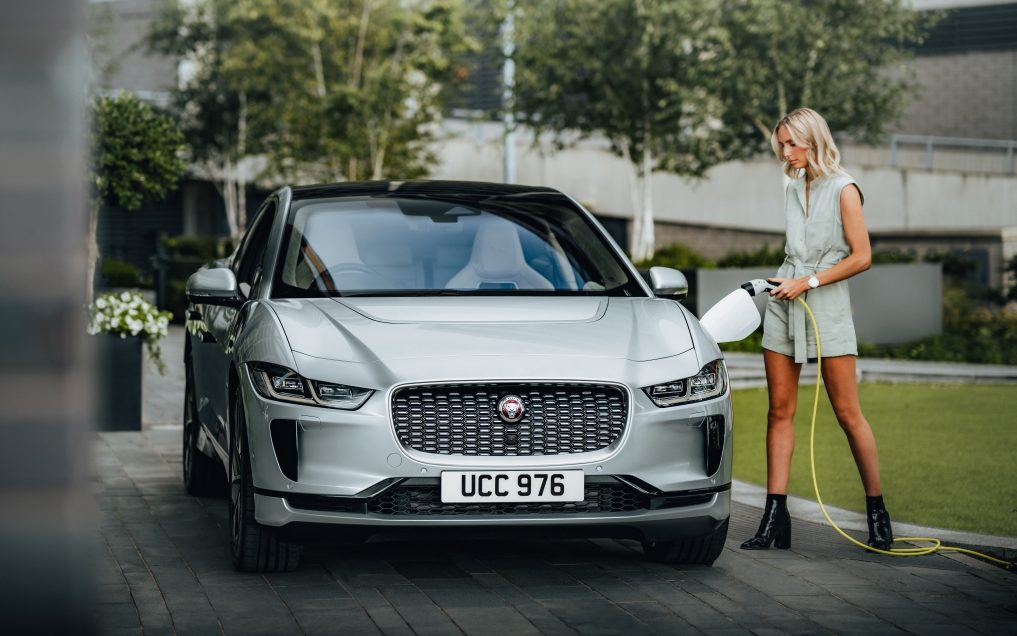Most Expensive Electric Cars For 2022
It’s no secret that not all automobiles are created equal. The same goes for electric cars and hybrids. These are the most expensive electric cars you can buy this year. Note that only cars that can be purchased for the 2022 model year have made this list.
Check out this blog post to learn about the most expensive EVs of all time.
Most Expensive Electric Cars On The Market In 2022
- GMC Hummer EV
- Audi e-Tron S Sportback
- Tesla Model X Plaid
- Tesla Model S Plaid
- Audi e-Tron RS GT
- BMW iX M60
- Mercedes-Benz EQS AMG 53 4Matic+
- Porsche Taycan Turbo S Cross Turismo
GMC Hummer EV- $99 995

General Motors recently revived the legendary Hummer nameplate. The all-new GMC Hummer EV is nothing like its gas-guzzling predecessors, though. In fact, this latest GMC pickup truck features a fully electric drivetrain!
In its most powerful variant, dubbed the Edition 1, the Hummer EV is expected to make as much as 1000 horsepower from its tri-motor electric drivetrain. The price tag sits at a firm $100 000, making it one of the most expensive electric cars on the US market in 2022. The spirit of the original Hummer lives on when it comes to this electric beauty- both cars perform exceptionally well off-road.

Audi e-Tron S Sportback- $106 000
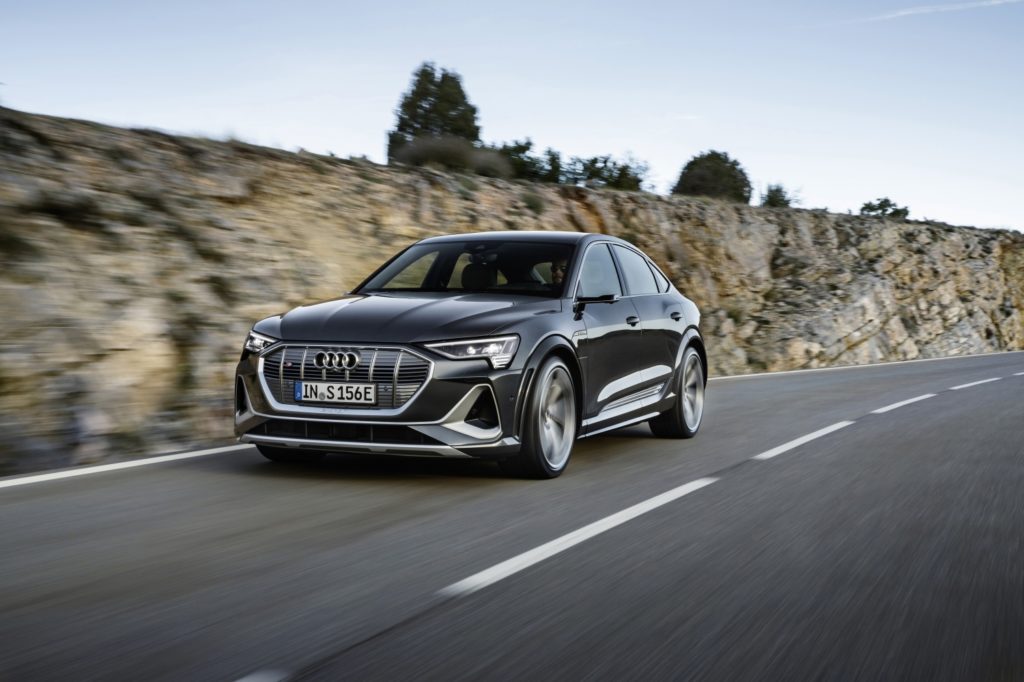

Similar to the previously mentioned GMC Hummer EV, this upscale SUV features a fully electric drivetrain that’s made up of 3 separate motors. This allows for a total power output of a whopping 469 horsepower, along with a sprint to 60mph (97km/h) in only 4.3 seconds.
What’s more, the Audi e-Tron S Sportback can drive over 210 miles (335km) on a single charge. The car’s battery pack can reach 80% charge within just half an hour of charging, too.
All of these cool features do come at quite a high price tag. The most powerful variant of the Audi e-Tron S Sportback will set buyers back by over $100 000, prior to any tax reliefs and rebates. Buyers in Europe should prepare at least €80 000, though the pricing fluctuates depending on the country.
Tesla Model X Plaid- $128 000
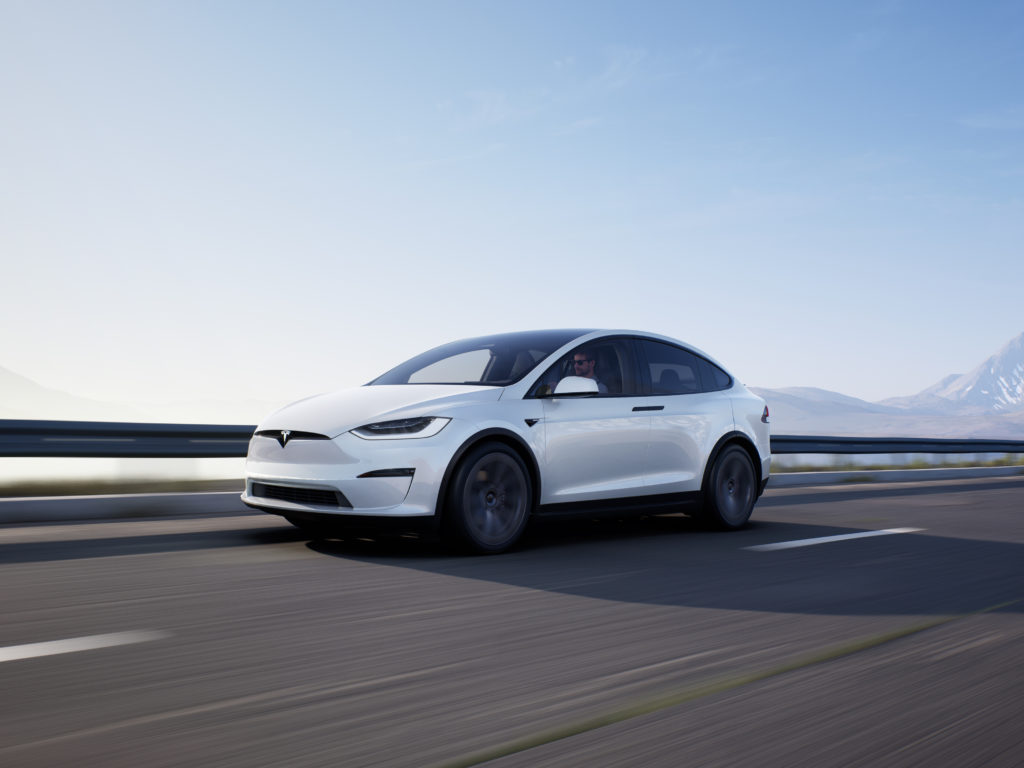

Tesla is unarguably one of the key automakers that’s responsible electric cars going mainstream. These high-tech EVs are both popular and rather pricey, and the high-performance Model X Plaid is no different. Let’s not forget that the regular Model X is already far from affordable- this EV starts at nearly $110 000 before extra options.
Buyers who are in the market for a Tesla Model X Plaid, which is a souped-up variant of the regular Model X SUV, should prepare at least $128 000 to purchase one. In return, buyers can get their hands on a monstrous electric SUV that can accelerate to 150 miles per hour (240km/h) in just 10 seconds! Fast enough to justify such a high price tag, if you ask us.
Tesla Model S Plaid- $134 000
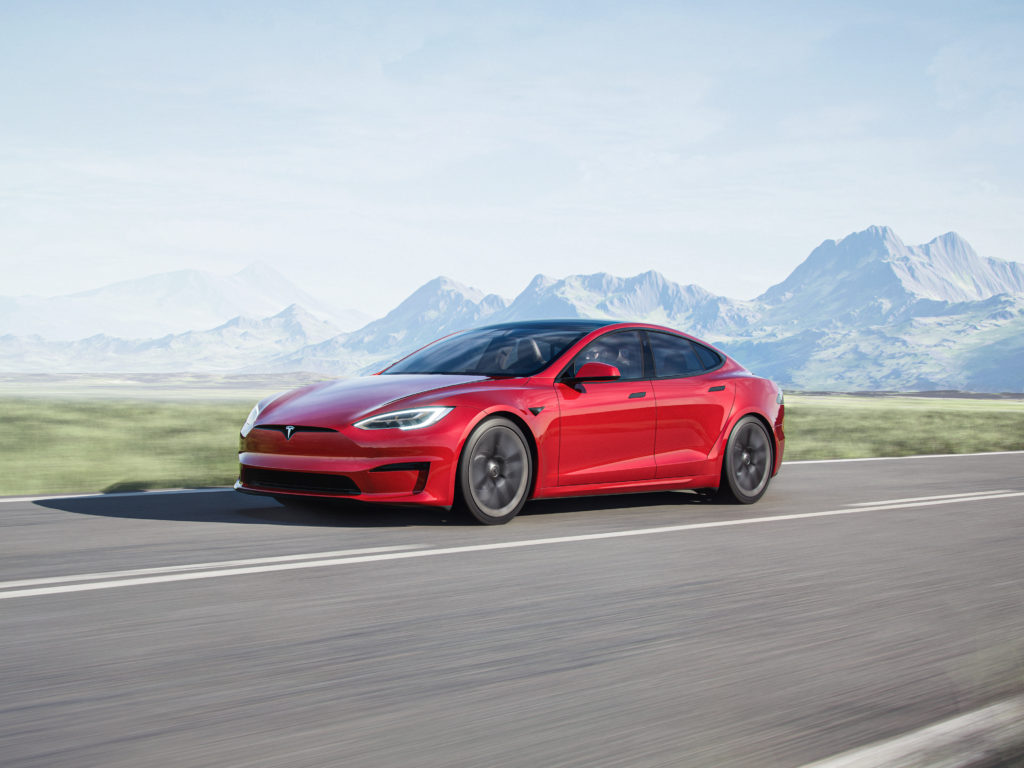

The Tesla Model S Plaid is essentially a high-performance EV offered alongside the base model. This sedan made headlines a while back, all thanks to its jaw-dropping performance. That’s because the 2022 Tesla Model S Plaid can reach 60 miles per hour in less than 2 seconds. A 400-mile range (650km) is worth mentioning, too.
Naturally, this kind of performance does come at a hefty price. Buyers in the market for a brand new Tesla Model S Plaid need to prepare around $135 000 before extra options. As a result, this automobile is one of the most expensive electric cars on the market in 2022, and the most expensive vehicle currently sold by Tesla.
Audi e-Tron RS GT- $142 000
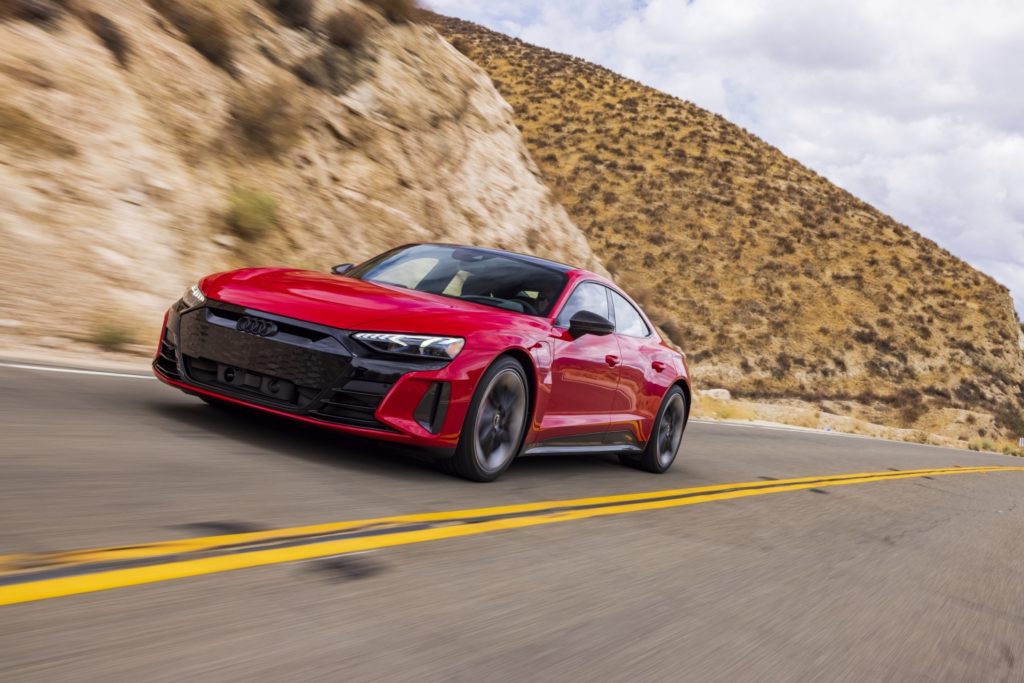

The e-Tron RS GT is currently the most expensive electric vehicle sold by German automaker Audi. The four-door sedan is renowned for its exceptional performance, distinctive styling, and a lavish interior. All of those features are combined with an eco-friendly electric drivetrain.
In its most powerful version, the Audi e-Tron RS GT peaks at a whopping 637 horsepower. As a result, the car can reach 60mph in just 3.1 seconds! What’s more, it only takes around 20 minutes to reach 80% charge at a public fast charger.
BMW iX M60- $146 000
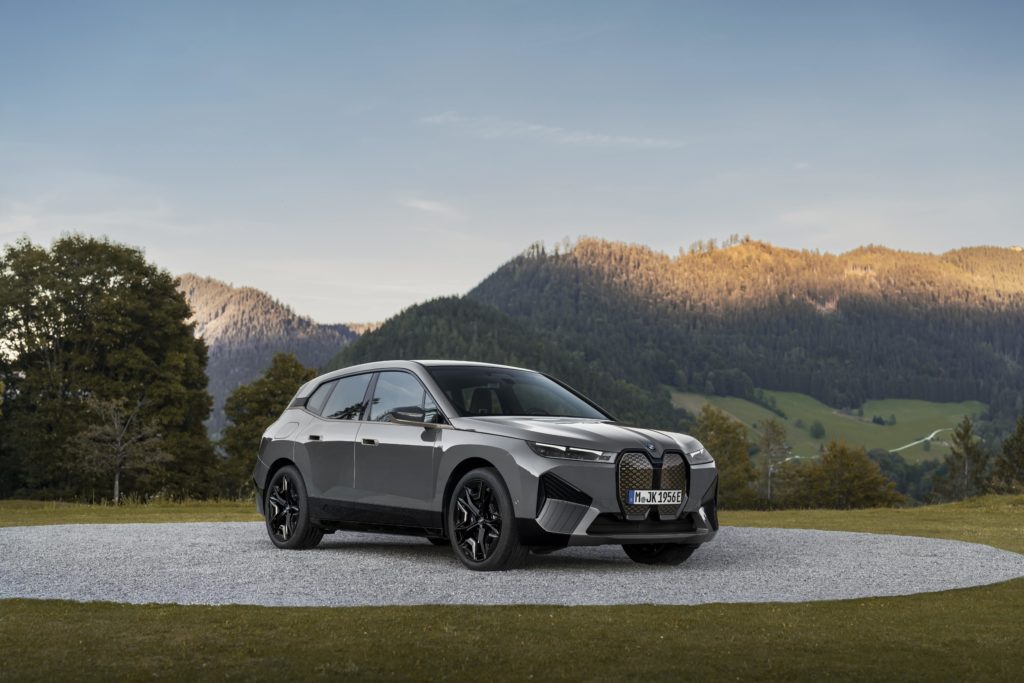

Believe it or not, the Tesla Model X is not the most expensive electric SUV available on the market. In fact, that title goes to the recently-unveiled BMW iX M60. This is the most powerful variant of BMW’s flagship fully electric SUV, the iX.
Two electric motors deliver an astounding 619 horsepower to all four wheels, along with up 1100 Nm of torque available instantly, unlike cars with internal combustion engines. Buyers looking for the best-in-class performance should re-consider getting this SUV, as the iX M60 needs 3.8 seconds to reach 60 miles per hour. That’s a bit more than the Model X Plaid, which costs around $10 000 less.
Mercedes-Benz EQS AMG 53 4Matic+- $170 000
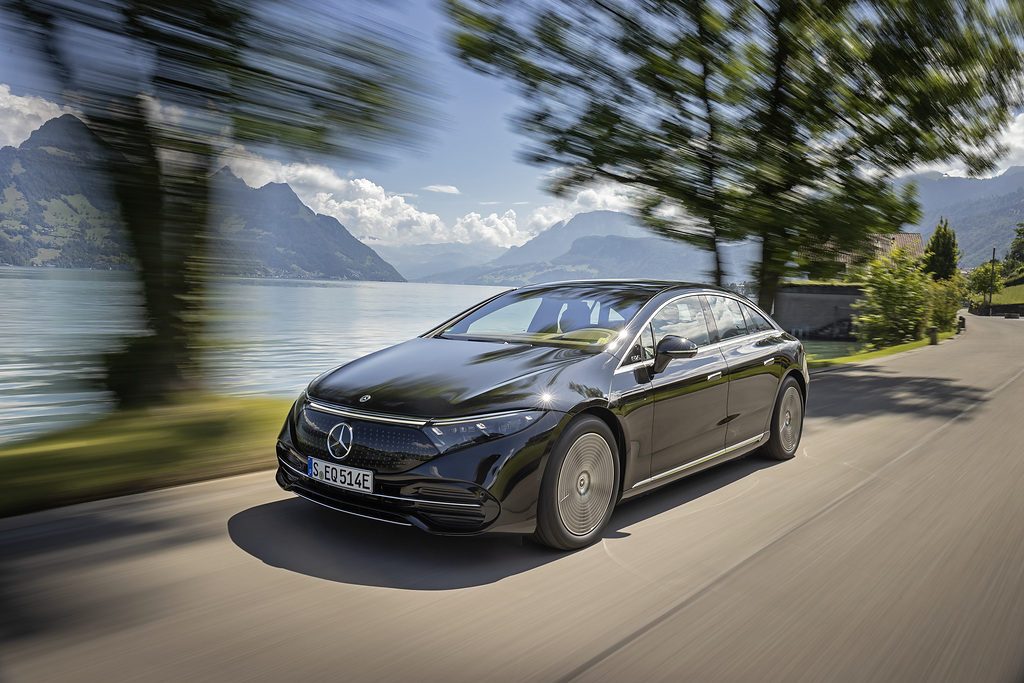

According to the German automaker, this lavish electric land yacht combines thrilling performance with unbeatable luxury. You could think of it as a fully electric counterpart of the legendary S-Class.
The car’s dual-motor electric powerplant instantly delivers 649 horsepower to all four wheels, allowing the EQS 53 4Matic+ to reach 60 miles per hour in just 3.4 seconds when using Launch Control. As always, luxury comes at a price. The whopping $170 000 price tag makes the highest-trim EQS one of the most expensive electric cars on the market today.
Porsche Taycan Turbo S Cross Turismo- $187 000


Let’s be honest, electric cars don’t really get much better than this. Who wouldn’t want a high-performance German sedan, complete with a powerful electric drivetrain and an upscale feel both inside and out?
Despite having the word Turbo in the nameplate, the Taycan Turbo S Cross Turismo does not actually have a supercharger. Instead, the vehicle is powered by a dual-motor electric drivetrain rated at up to 750 horsepower. As a result, this EV can shoot up to 60 miles per hour in just 2.7 seconds!
In addition to jaw-dropping performance, the Porsche Taycan Turbo S Cross Turismo doubles as the most expensive electric car available on the market today. That’s right, you can’t get any new EV that’s pricier than this one.
BONUS- RENT AN ELECTRIC CAR!
Renting an electric car can be a great way to stay eco-friendly when traveling, or simply find out first-hand why so many drivers switch to EVs.
Rentalmoose offers both electric and hybrids across some of the 15 000+ locations worldwide. Simply tick the GoGreen filters to freely browse through EVs and hybrids.







